Light barriers
Thoughts about the naming of our devices
Before going into detail, we would like to give a little introduction concerning the term for our main product: the light barriers. In German there is a clear term for the device while we found it difficult to find a distinct and precise term for our products in English. The ones we found that got closest were the following: photoelectric sensor, photoelectric barrier, light beam, infra-red beam, light trigger, infrared light trap, camera trigger, infrared sensor, infrared camera trigger. However, we had the feeling that an infrared camera trigger can also simply be some sort of remote control, which does not have much to do with our products. Therefore we decided to go for “light barrier“ and “photoelectric camera trigger“, which are the terms you will find in all the texts. As a result of that we would like to apologize if you are familiar with a different term (please feel free to let us know) and hope that you will nevertheless find your way around.
Light barriers
Light barriers are opto-electronic systems that are able to detect the interruption of a light beam. They consist of a light source, which works as a transmitter, a receiver as well as an electronic evaluation unit.

Depending on the design we distinguish between a reflex light barrier and a one-way light barrier. In the case of the one-way light barrier the transmitter is installed directly opposite to the receiver. Depending on the distance these two are either placed in the same housing or in two separate ones. Furthermore they can be used with both joint and separate power supply.
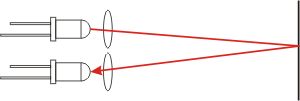
In reflex light barriers, the transmitter, the receiver and the power supply are all placed within one housing. The light beam is reflected by a reflector. For this purpose one can either use a plane mirror or a retro-reflector. However, flat mirrors are more difficult to handle since they require an absolutely precise alignment, which is particularly important over long distances. Retro-reflectors, generally referred to as reflectors, consist of a large number of small triple prisms. They are very convenient because they reflect the light directly back to the direction it came from. Thus they are easier to operate due to the fact that they do not have to be positioned precisely perpendicular to the light beam.
Connection to the camera

The light barrier as camera trigger is connected by a camera adapter to the remote control terminal of the camera. Thus every camera equipped with a remote control socket is suitable for light barrier photography!
We offer camera adapters for most of the camera models. In case you should not find an appropriate set for your camera, please do not hesitate to contact us.
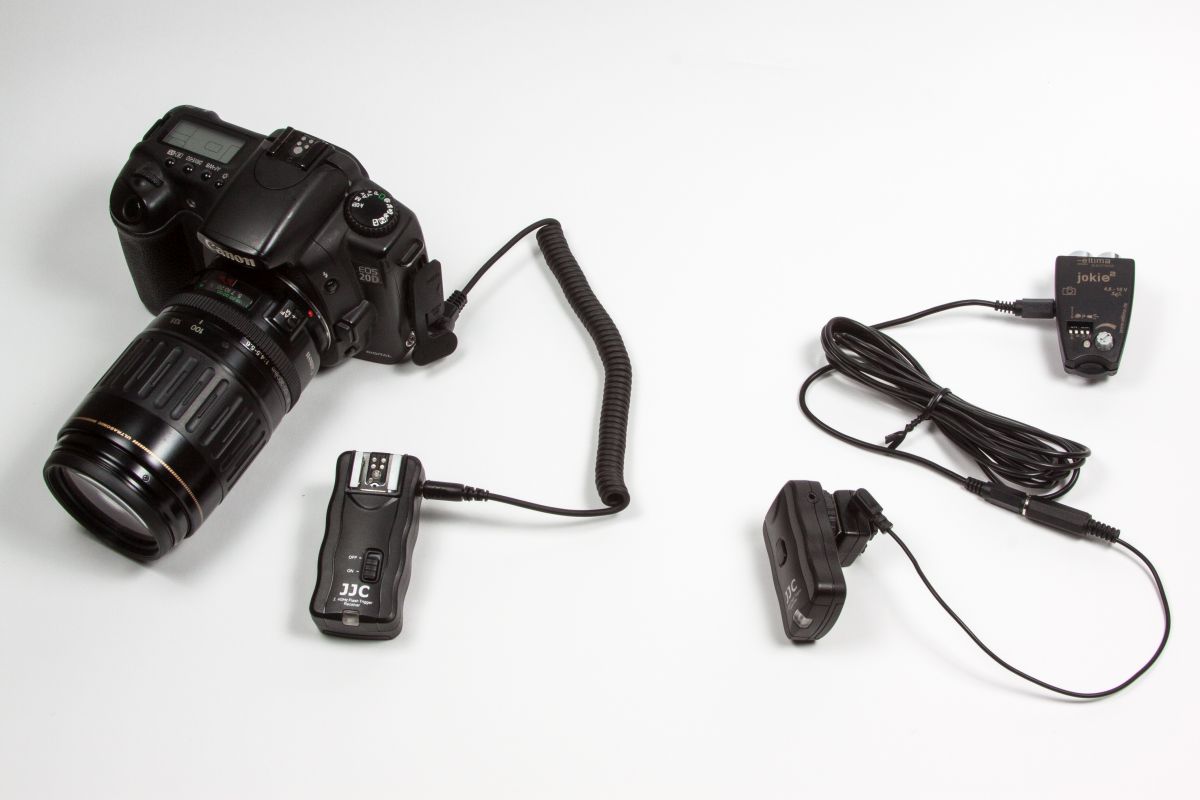
Cameras can also be controlled by radio control. The easiest way is to use speedlite transmitters. The transmitter is connected to the light barrier by an adapter for speedlites while the receiver is connected to the camera by a specific adapter, see the picture on the right.
Use cases

Light barriers can be used for animal-, object-, sports-, macro- and advertising photography, as well as in many other areas of photography.
They are needed whenever one wants to take pictures of fast moving objects, where the camera´s autofocus or human reflex tend to be too slow to release on time.
Photographing nocturnal animals

A typical example is the photographing of nocturnal animals such as owls or bats. In the darkness both auto focus and human eye are unable to detect the correct moment for release. At this point the light barrier is of great value: it allows the release of the camera just at the precise moment, that is when the subject is exactly within the depth of field and/or at the dramatic peak of the situation. The latter you can see in the picture showing the owl being about to grab the mouse.

The "Flying fox" is a typical example of a precise timing by night, which can be achieved only ba using light barriers.
Macro photography
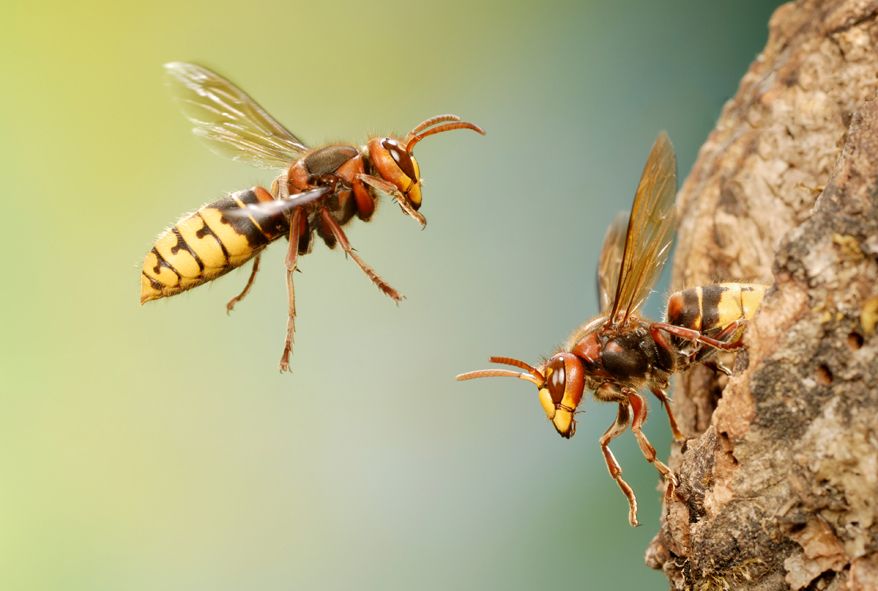
Macro photography is another domain where achieving results like the ones presented here is almost unthinkable without light barriers. In addition to the movement of the subjects the low depth of field poses a further challenge.
Unexpected moment

What you can see in the picture of the rare and shy genet is a typical example for an unknown point of time of release: the use of a light barrier enabled the photographer to take a picture of the nocturnal animal without disturbing it, and that – most importantly - within its natural habitat..
Sports photography
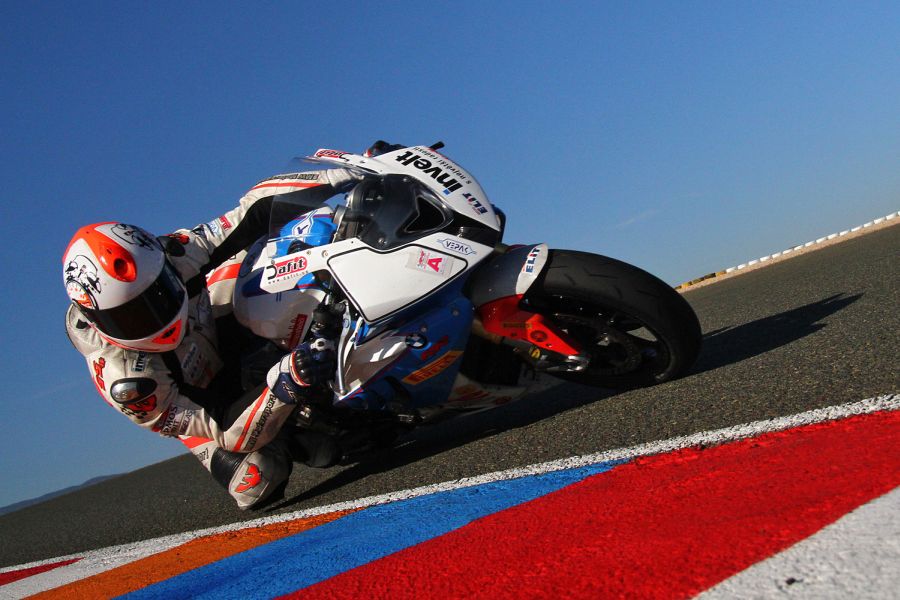
Moreover, light barriers are successfully used in the domain of sports photography. Startings, finishes or thrilling scenes throughout the competition can be captured by the help of them. On otp of that, the camera can take pictures of the athletes from angles that are inaccessible for the photographer, e.g. immediately next to or even on the race track. As soon as the light barrier and the camera are installed properly, they can even be monitored by non-photographers.
Experimental photography
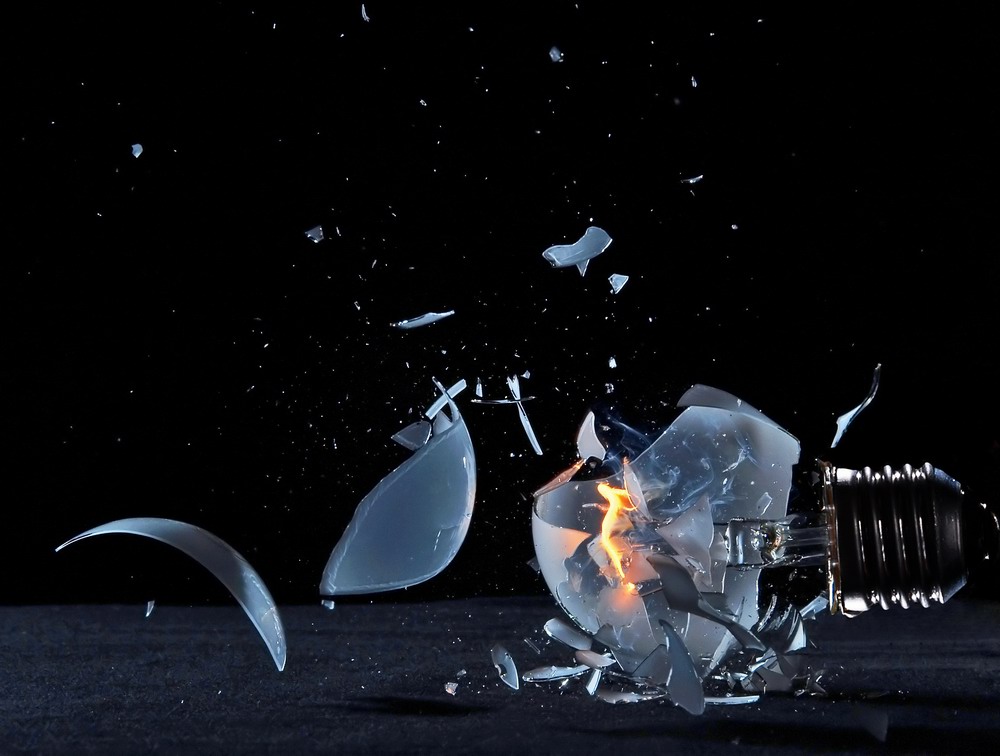
The domain of photography that has recently seen the most rapid development is most likely experimental photography. On the internet, forums and communities offer a platform for the exchange of ideas and photos, so as a result both of these are spread extremely fast. Above all, in this domain fairly spectacular results can be achieved without extraordinary much effort. The light barrier is an important aid here as well in order to capture the desired moment.
Ballistic photography
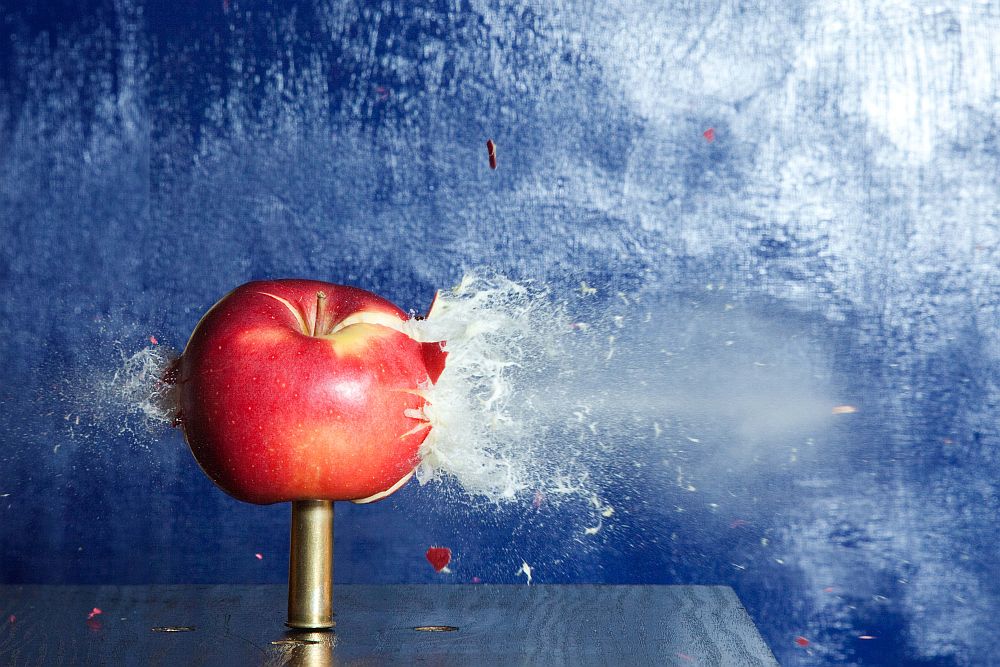
Finally, there will be no way around using a light barrier when it comes to ballistic photography. We offer light barriers which are able to capture even the bullet of an assault rifle, coming with Mach 3,5 speed.
In order to be fair it must be said that many pictures can also be taken without the help of light barriers. However, it will take a whole lot of practice, concentration, luck and more than anything else time to achieve comparable results. Finally the use of a light barriers as camera trigger system offers the possibility to duplicate situations and movements – and that is simply impossible without it.

